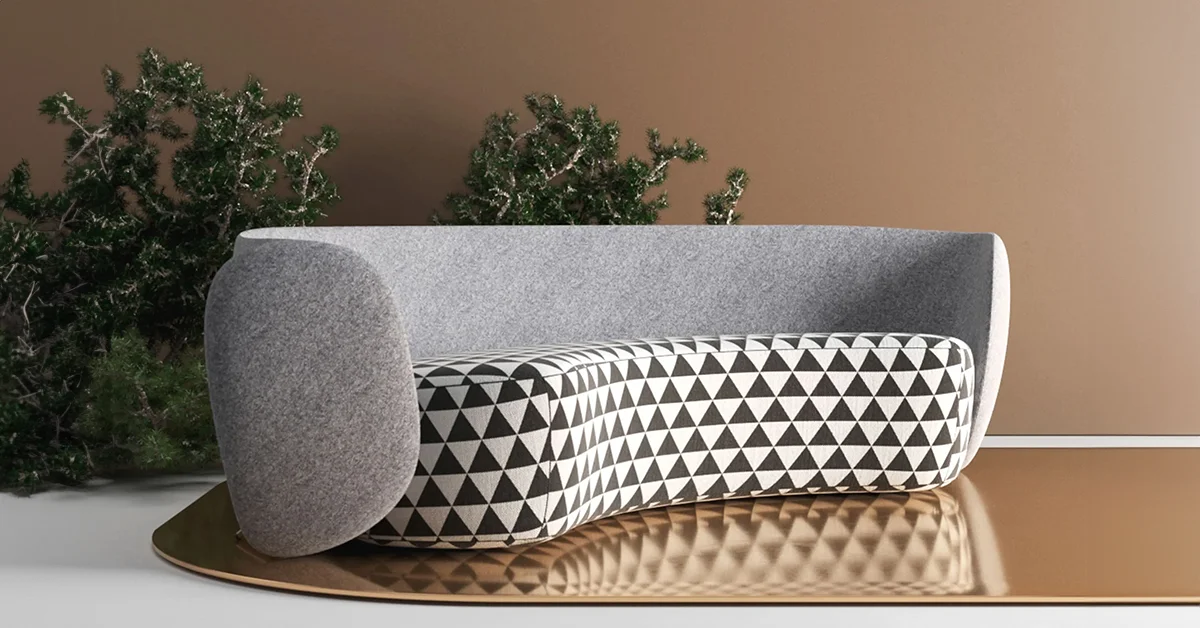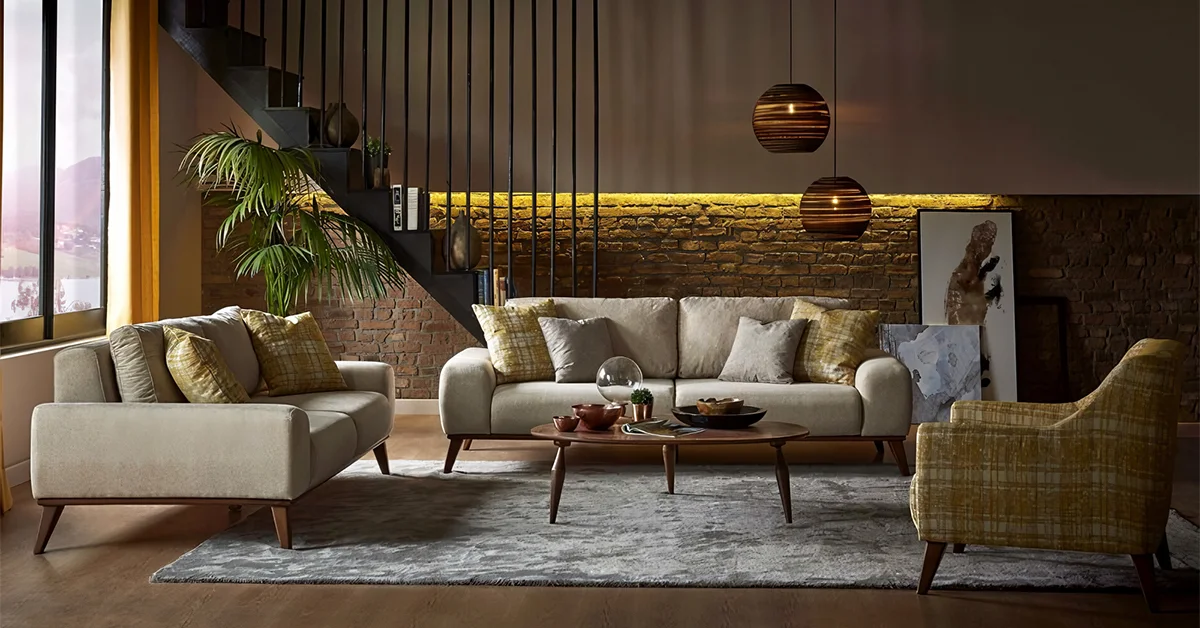Building Catalog Marketing Team’s latest research focuses on the Post-Covid Building Materials. “Selection of the Most Effective Building Materials to Use After COVID-19” offers analyzes and compilations on how the most effective building materials in the changing world with COVID-19.
The report stands out as a guide that will help architects, designers, and contractors think and design the aftermath of this rapidly spreading virus and how the spaces we are used to living can be transformed.
The whitepaper, which also includes what material companies, one of the locomotives of the construction industry, think and produce for the post-COVID period; by examining the products of many companies in detail under different keywords such as social distance, hygiene, and performance.
Selection of the Most Effective Building Materials to Use After COVID-19
Traditional building materials are paving the way for better and more advanced “smart” materials. Smart-building materials differ from conventional materials in taking into a considerable amount of features in design and the ability to control by some external stimuli such as temperature, magnetic field, electric field, and humidity. Rapid developments in smart-building materials are improving building safety and sustainability standards worldwide. From alloys to metals and glass, the global smart materials market is projected to grow to $50 billion between 2021 and 2024. Architects, designers, and contractors should also start thinking about the aftermath of this rapidly spreading virus and how the spaces we were used to living-in, can be transformed.
Perhaps the most prominent benefit to the world has been a reduction in pollution levels around the world from the COVID-19 pandemic. The construction industry is responsible for 40% of the total amount of carbon dioxide emitted worldwide. We have a huge role to play in reducing our carbon footprint. Fortunately, the types of smart-building materials we use going forward can help. After the pandemic, we will experience an acceleration towards sustainability. We expect to see a parallel shift in demand for more sustainable buildings and communities that promote healthier lifestyles (such as access to local amenities and the outdoors, higher standards in air quality, and recycled and sustainable materials).
Long-lasting materials that protect against heat, sound, and fire throughout the life of the building will be among the first preferred materials. For example, mineral wool products offered high comfort in cladding-exterior walls, water-repellent, sound-absorbing, and A1 non-flammability properties in healthcare spaces such as hospitals and contributed to public health. Built-in Yeşilköy and Sancaktepe during the pandemic period, Prof. Dr. Murat Dilmener Hospital, and Prof. Dr. A total of 43.000 m2 of mineral wool was used for the facades of Feriha Öz Hospital.
The most vital public spaces, such as hospitals and healthcare facilities, have come to the fore in the emerge of the coronavirus outbreak. There is a focus on sanitizing interior spaces while ensuring spaces increase well-being and optimize healing. In these areas, replaceable glass partitions can replace curtains to help stop the spread of infection.
Zero waste and recycled materials will be among the most crucial product types after the pandemic. Zero-waste fabrics, which are manufactured by collecting, separating, recompressing, spinning, and re-weaving all textile wastes after fabric production, are produced entirely from post-consumer recycled plastic, from plastic in the sea to bottles thrown into landfills, by recycling all the wastes removed. Fabrics, which are turned into yarn and thus contribute to a tangible reduction of plastic pollution, will be used extensively in homes.
Natural felt materials produced from recycled PET bottles, which offer solutions in wall and ceiling acoustic panels, wall coverings, baffle and mesh systems, divider panels, and furniture will be used more and more by visually arranging acoustic problems in interiors by recycling. Indoor materials, which do not contain carcinogenic substances and formaldehyde, do not emit toxic gases, are antibacterial, and form a wall against humidity, humidity, and diseases that harm human health, will be more preferred than ever.
Antibacterial features will be one of the most crucial sought in building materials. Antibacterial Gelcoat technology, developed in marble and natural stone materials, will help design hygienic kitchens and bathrooms, especially by using it on countertops, as it prevents bacterial growth up to 99.8%.
Exceptional products and materials produced for contactless delivery will gain even more importance. For example, platforms that provide digital wireless management of electronic cabinet locks will be among innovative products that are both environmentally friendly and provide mobility with long battery life.
For more information, contact info@yapikatalogu.com

Arcedior is the most loved curated interior design products platform which is changing the way interior designers, architects and project owners discover and source products for their various projects.
Our user-friendly platform combines online product selection for interiors and elaborate project management along with offline sourcing support for our clients.

















